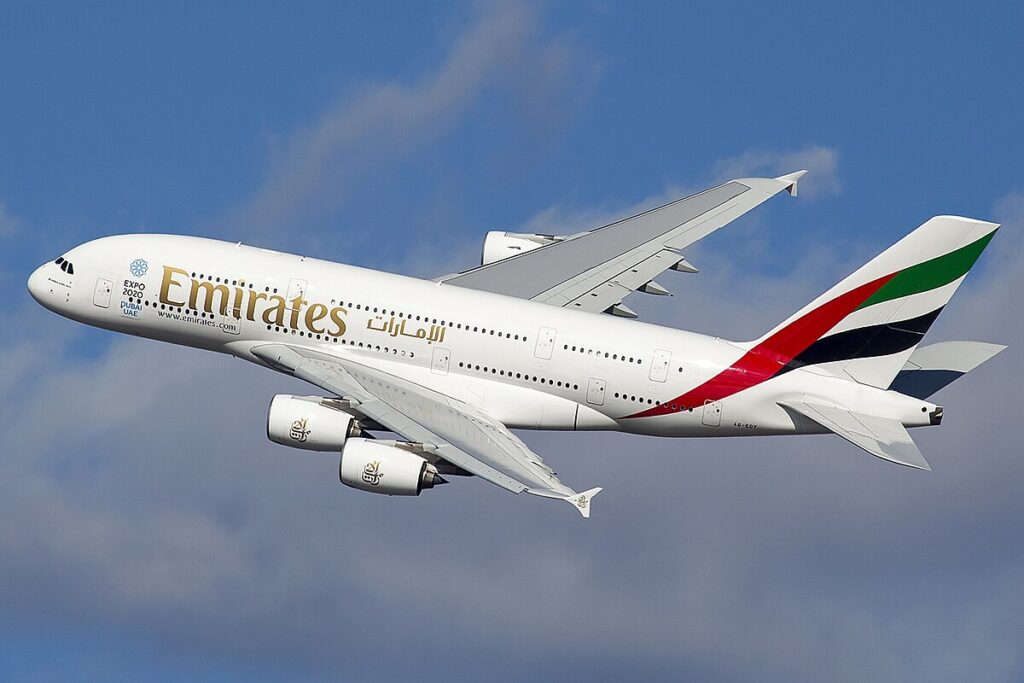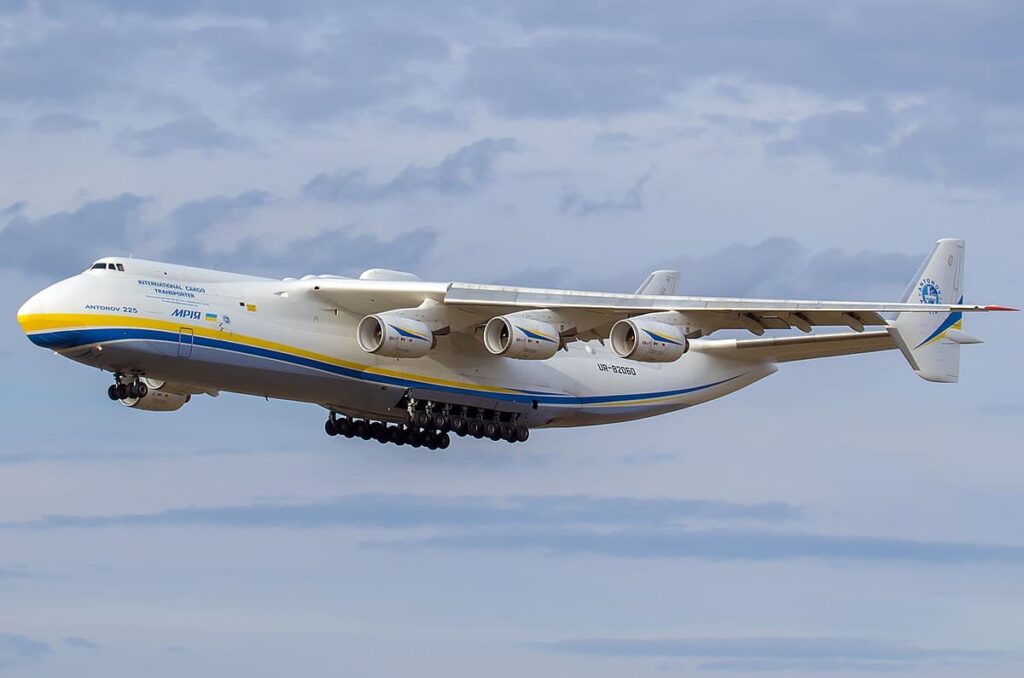When it comes to aviation, size has always been a symbol of innovation and ambition. For decades, aircraft manufacturers have competed to create the largest passenger planes capable of carrying hundreds—sometimes even thousands—of travelers across continents. These giants of the sky became icons not only of engineering but also of the human dream to shrink the world and connect people like never before.
But what happened to these massive airplanes? Let’s take a look at the most famous ones.
Airbus A380 – The Double-Decker Giant
The Airbus A380 is perhaps the most iconic large passenger plane ever built. With a capacity of up to 850 passengers in an all-economy configuration, it was designed to revolutionize long-haul travel. Its double-decker design and luxury amenities, like onboard bars and private suites, made it a symbol of modern aviation.
Credit: Wikipedia
However, airlines soon realized that the A380 wasn’t as economical as smaller, more fuel-efficient aircraft like the Boeing 787. In 2019, Airbus announced the end of A380 production, and the last unit was delivered in 2021. While still flying for airlines like Emirates, its future remains uncertain.
Boeing 747 – The Queen of the Skies
The Boeing 747 holds a legendary place in aviation history. First introduced in 1970, it carried more passengers further than ever before. With its distinctive hump and iconic silhouette, the “Queen of the Skies” made air travel more accessible to millions worldwide.
Although newer aircraft have surpassed it in efficiency, the 747 has left a lasting legacy. Airlines have gradually retired the plane from passenger service, though some still fly as cargo workhorses and government aircraft.
Antonov An-225 Mriya – The Unmatched Giant
While not a commercial passenger jet, the Antonov An-225 deserves mention as the largest plane ever built. Originally designed to carry the Soviet space shuttle, it could also transport up to 1,000 passengers in theory—though it never entered commercial passenger service.
Sadly, the only An-225 ever built was destroyed during the 2022 conflict in Ukraine. Its legend, however, continues to inspire aviation enthusiasts around the world.
McDonnell Douglas DC-10 and MD-11 – Wide-Body Pioneers
The DC-10 and later MD-11 weren’t as massive as the A380 or 747, but they played a huge role in shaping long-haul travel with their wide-body design. These aircraft could seat around 270–400 passengers and were popular with airlines for decades.
Today, the DC-10 and MD-11 are mostly retired from passenger service but still operate as cargo jets, proving their design’s long-lasting utility.
Lockheed L-1011 TriStar – Ahead of Its Time
Another wide-body giant of the 1970s, the Lockheed L-1011 TriStar was celebrated for its advanced engineering, including an automated landing system that was decades ahead of its competitors. It seated up to 400 passengers comfortably and was loved by pilots and passengers alike.
Unfortunately, production costs and stiff competition from the DC-10 limited its success, and it eventually faded into aviation history.
The Legacy of Aviation’s Giants
The world’s largest passenger planes have always been more than just transportation—they are cultural icons. From the futuristic luxury of the Airbus A380 to the legendary Boeing 747, these aircraft symbolized bold visions of what air travel could be.
While many of these giants are retired or fading from service, their impact remains undeniable. They changed how we travel, how airlines operate, and even how airports are built.
✈️ A Collector’s Note: If you’re fascinated by these legendary aircraft, nothing captures their legacy quite like a detailed replica. At Modelworks, we specialize in custom-built model planes that bring the magic of these iconic giants into your home or office.








